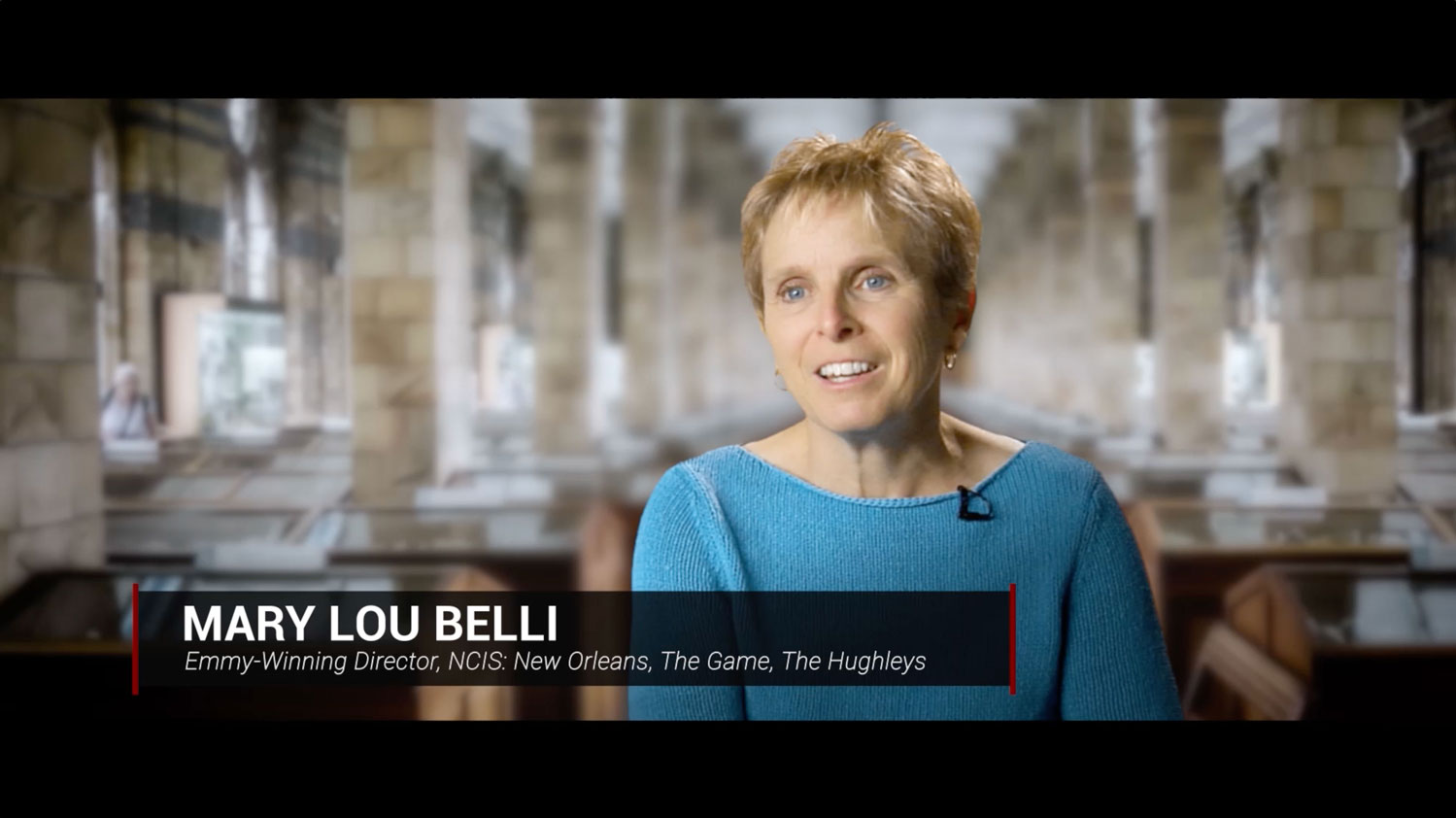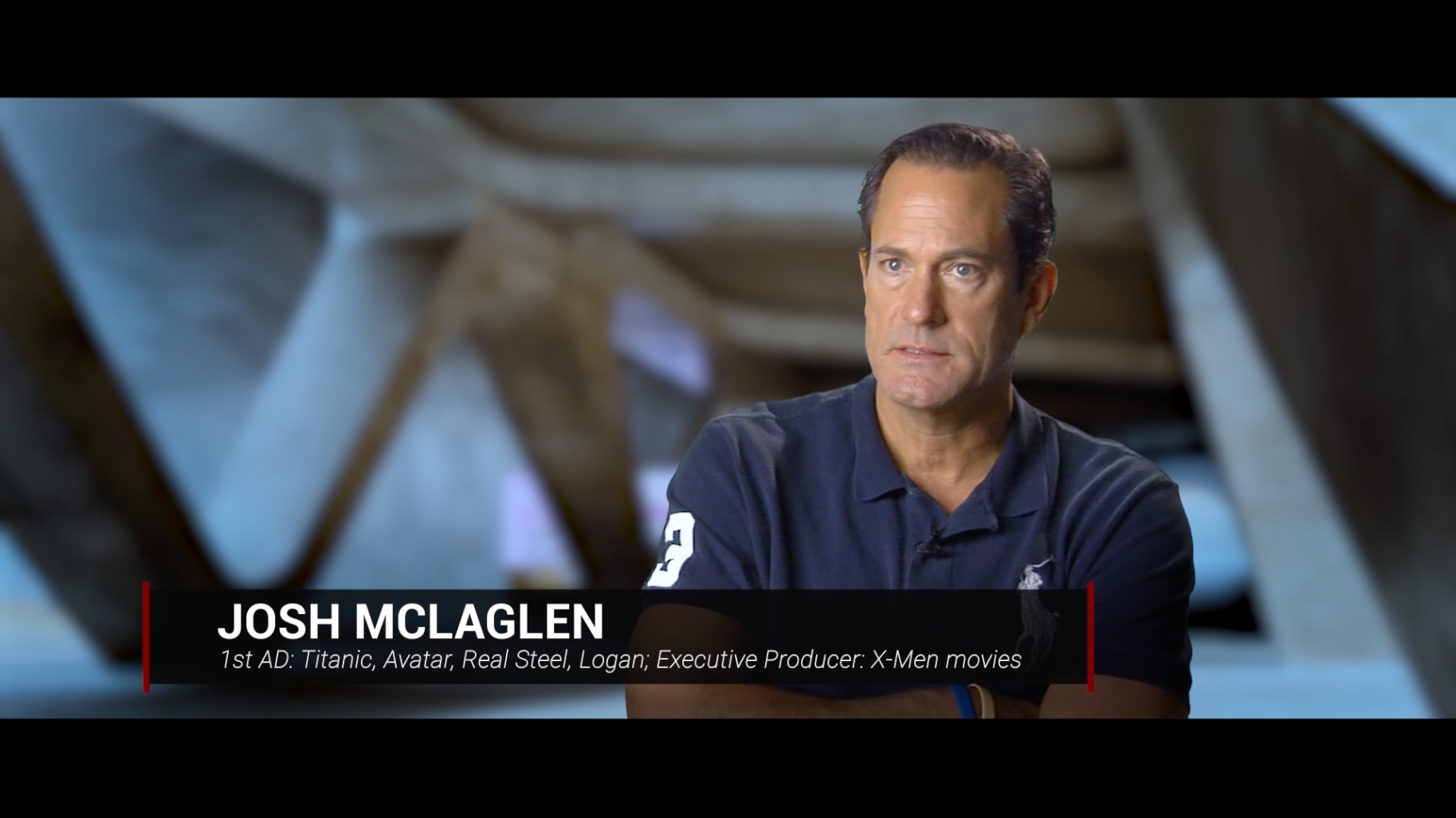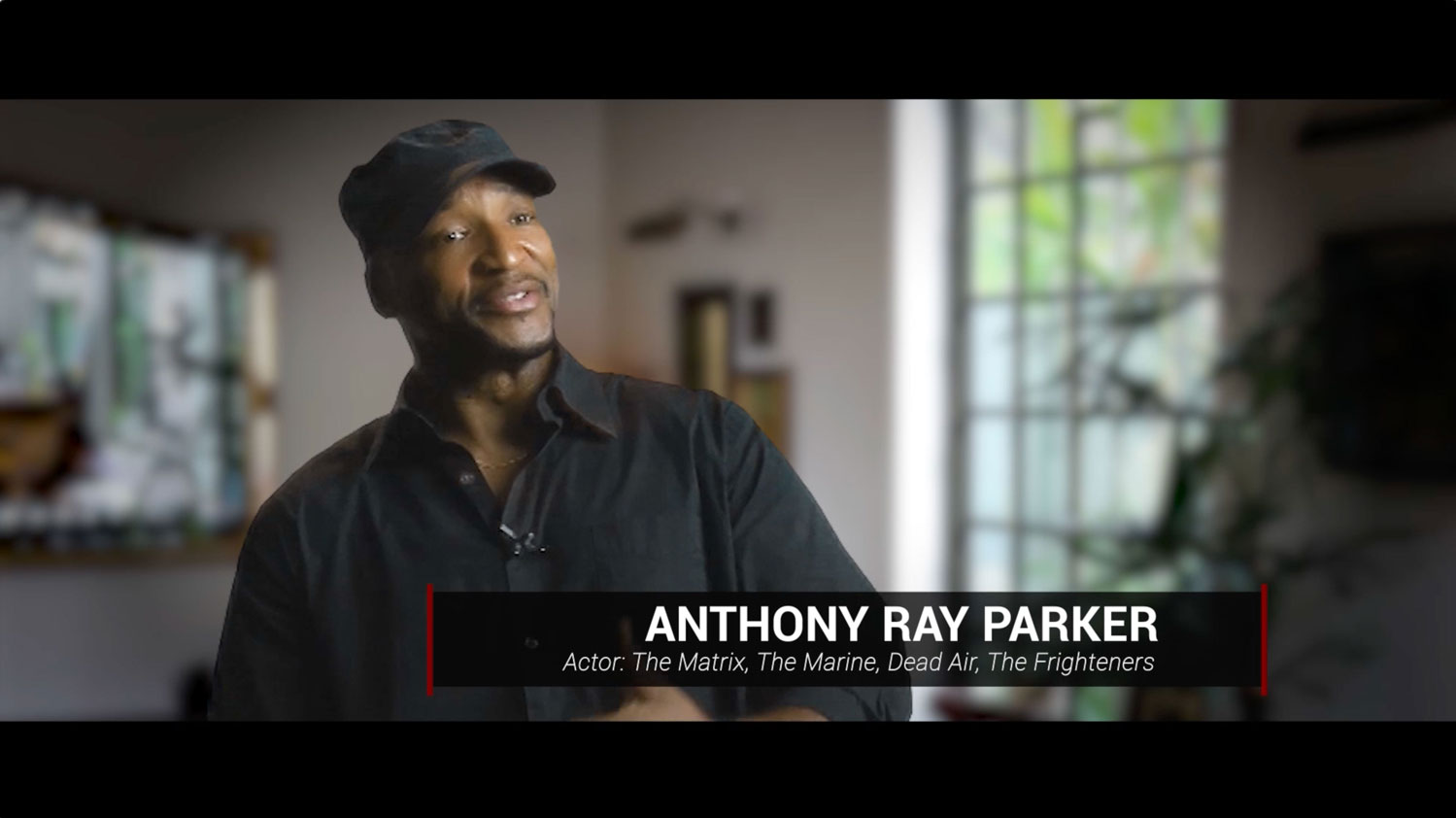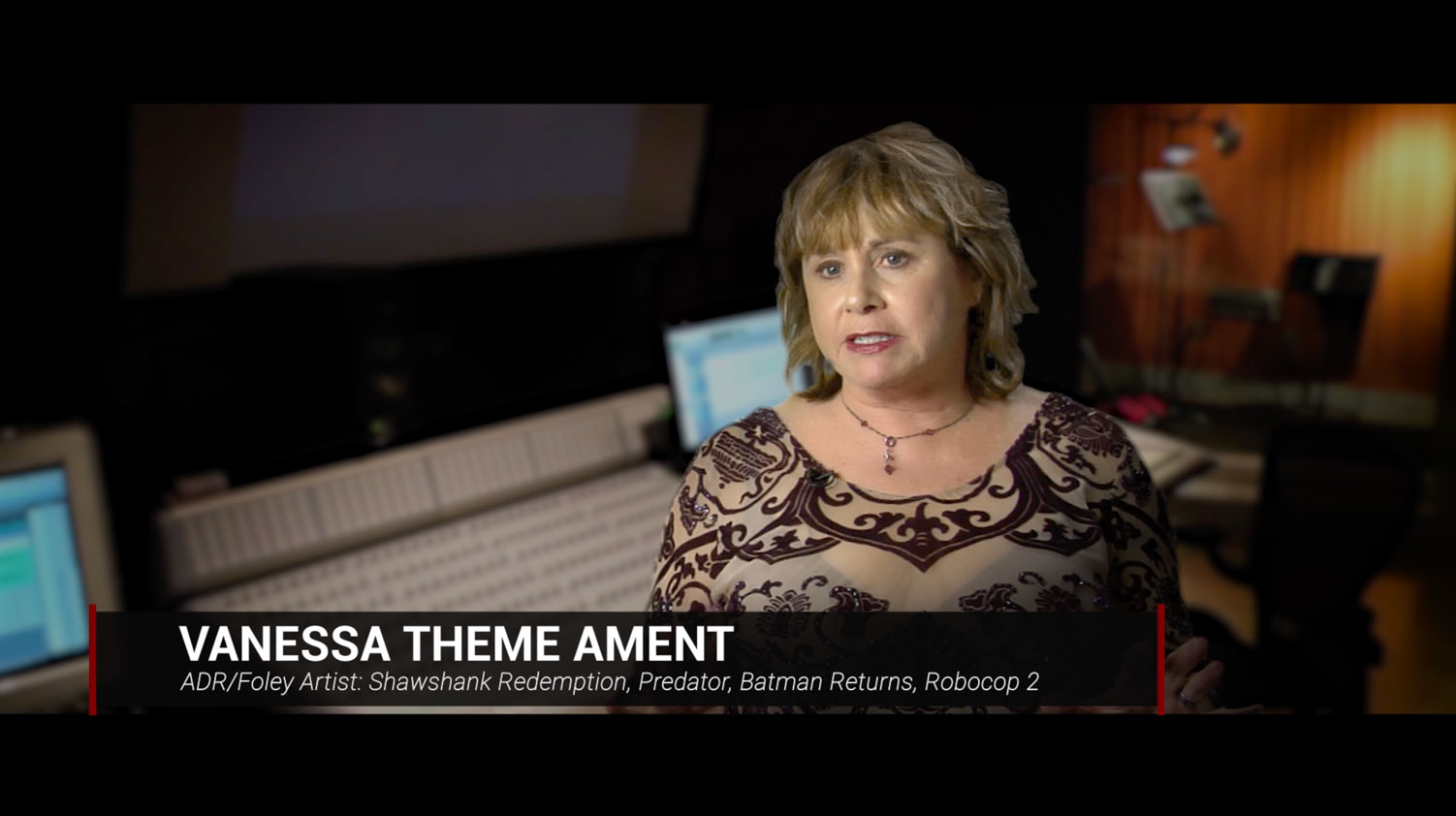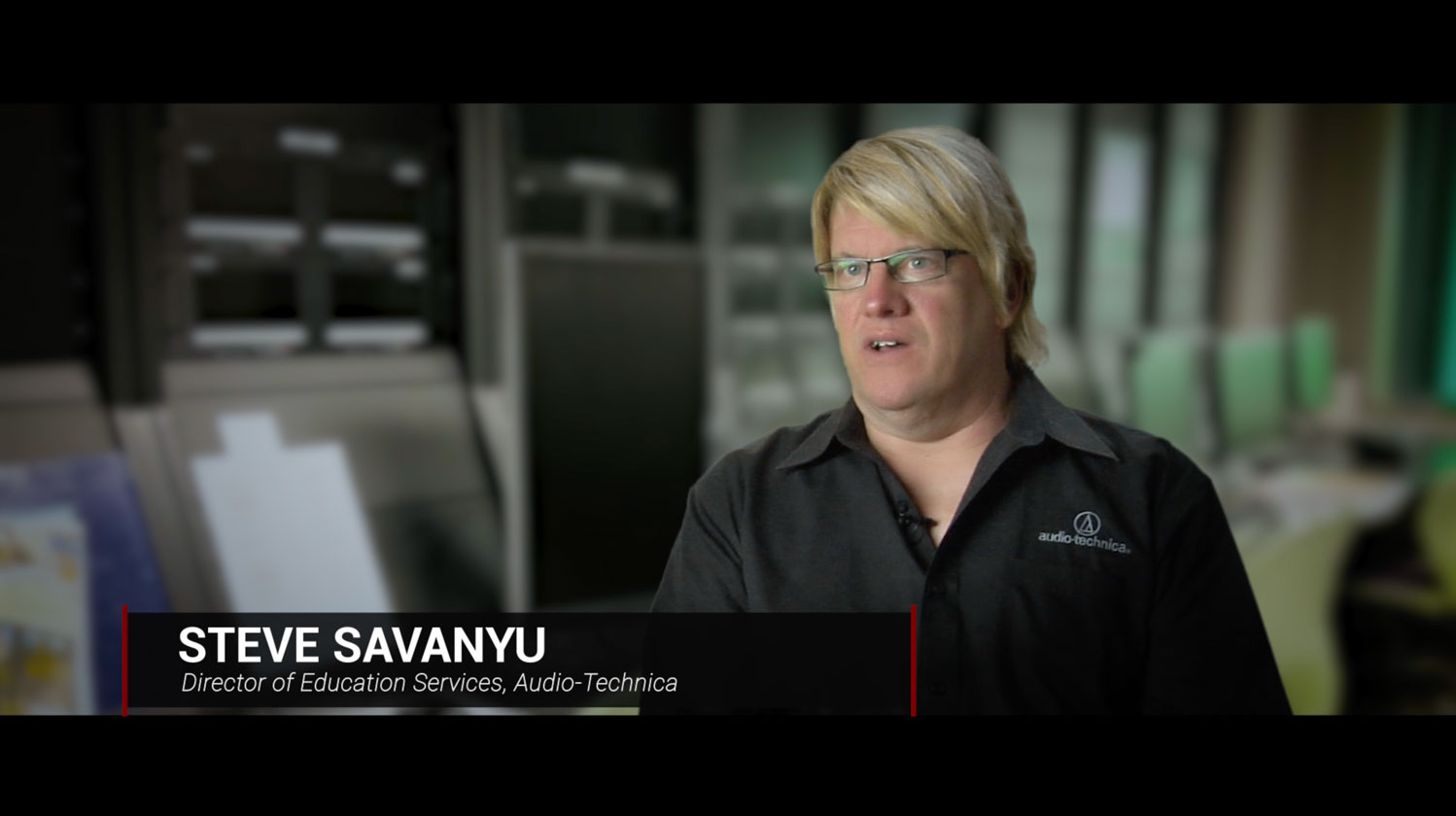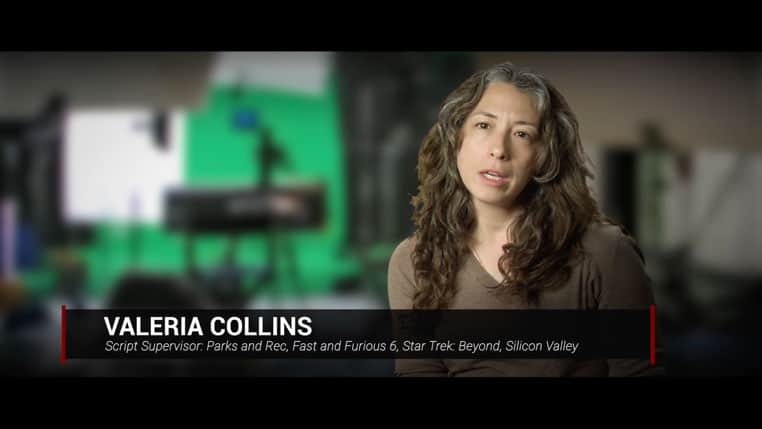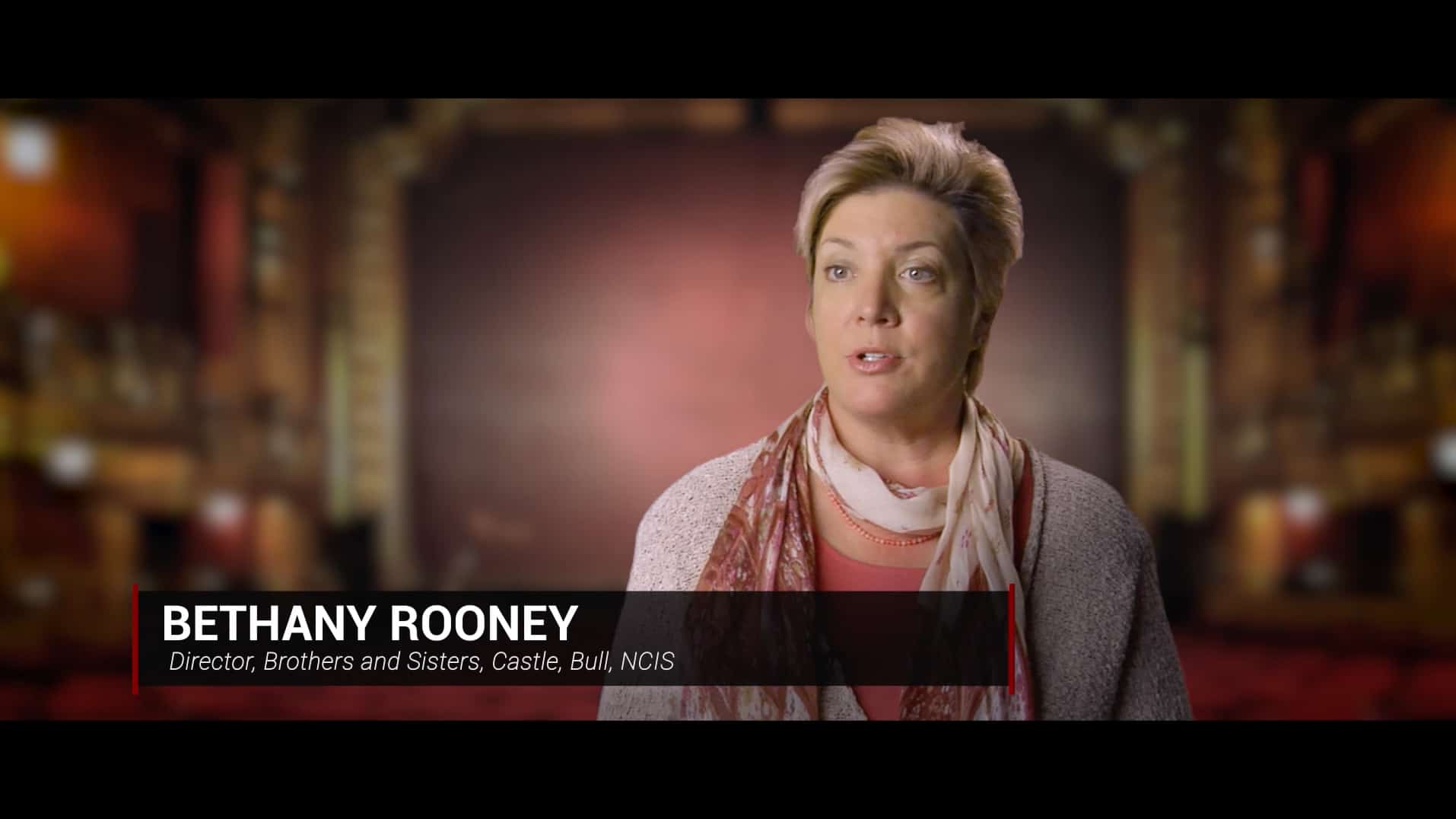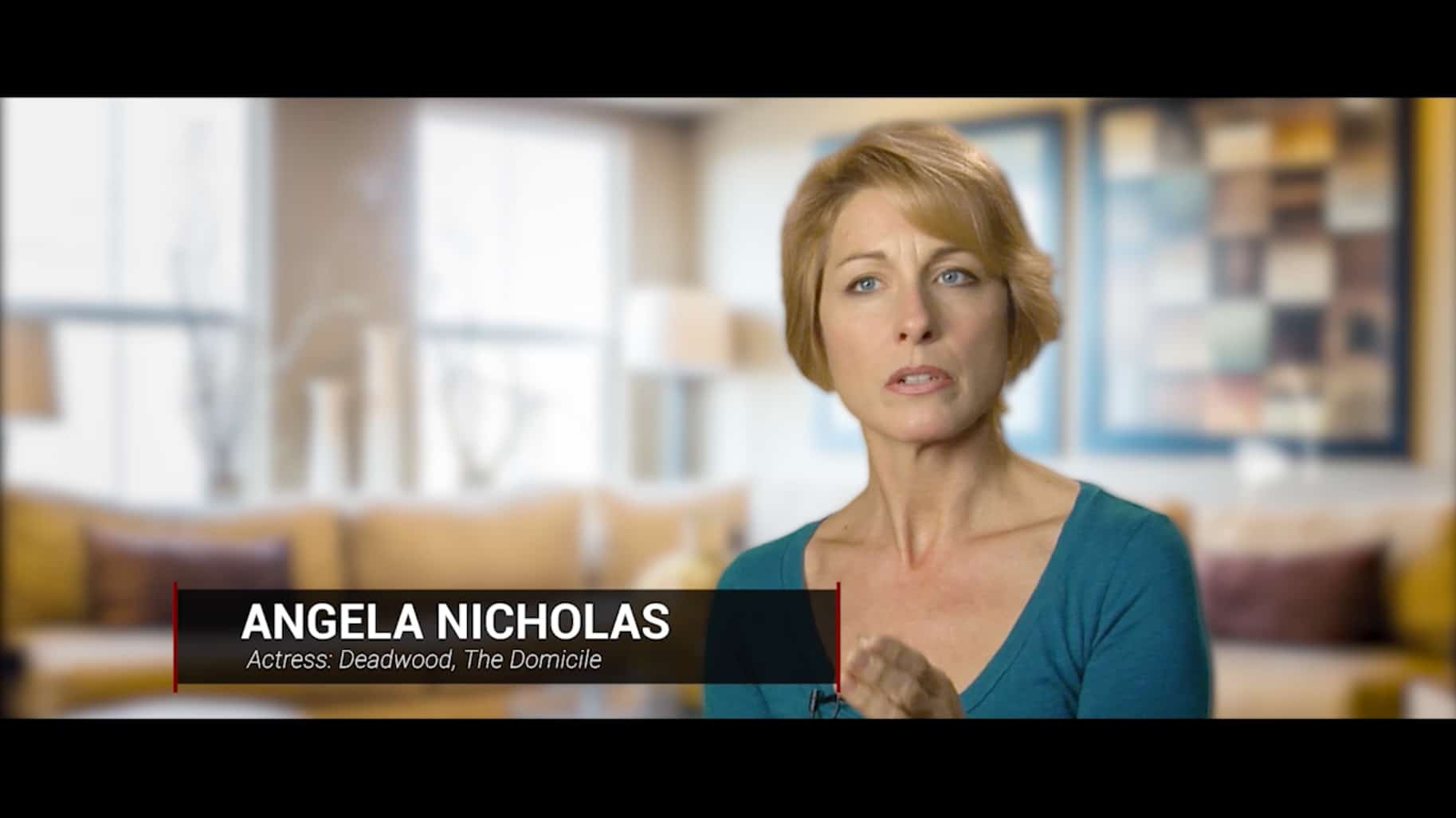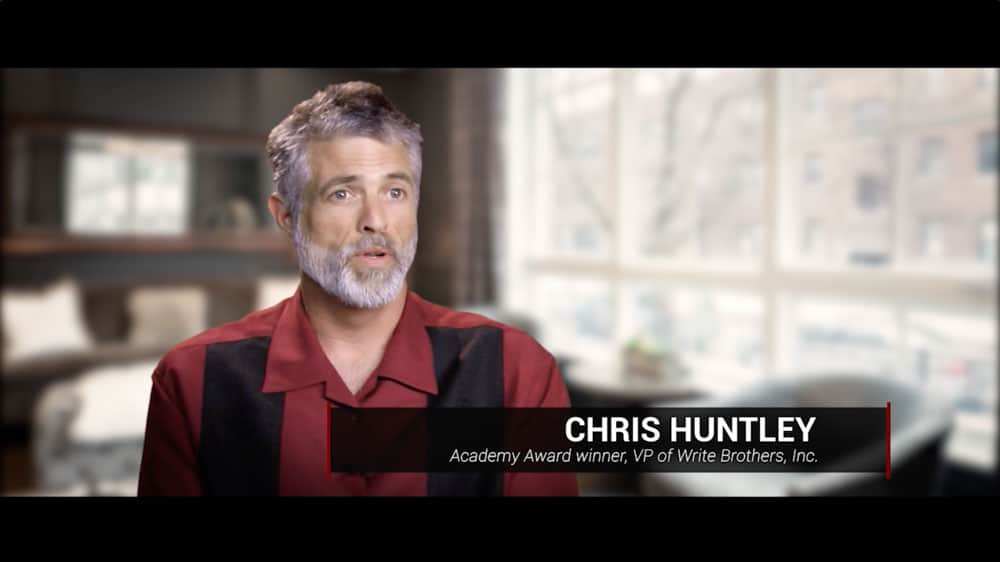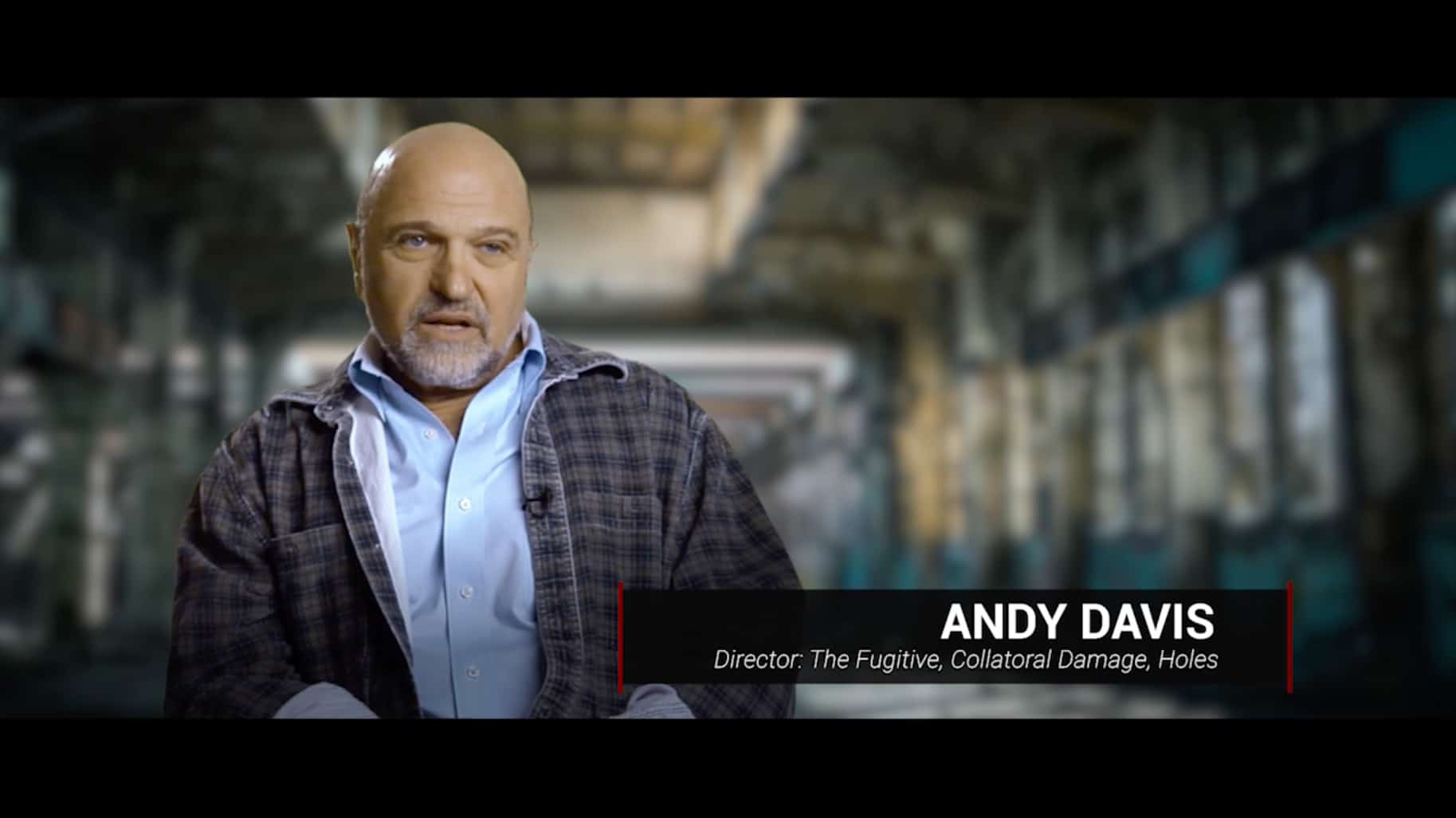What's New
Fall 2023
With all new updated content and resources, FilmSkills Academic helps your students prepare for a career in the film industry
All New 8-Lesson Series
Industry Lifestyle
Developed from over 5 years of interviews, the Industry Lifestyle series gives students the inside track on how to succeed in the film industry from the perspective, experiences, and advice of over 50 leading Hollywood filmmakers.

Realities of the Film Industry
The entertainment industry does a great job of creating an illusion of how it operates, but how does it really work? Learn from top Hollywood filmmakers what really goes on behind the scenes, how to prepare for the long hours, how to strike a live/work balance, and deal with rejection. (29:08)
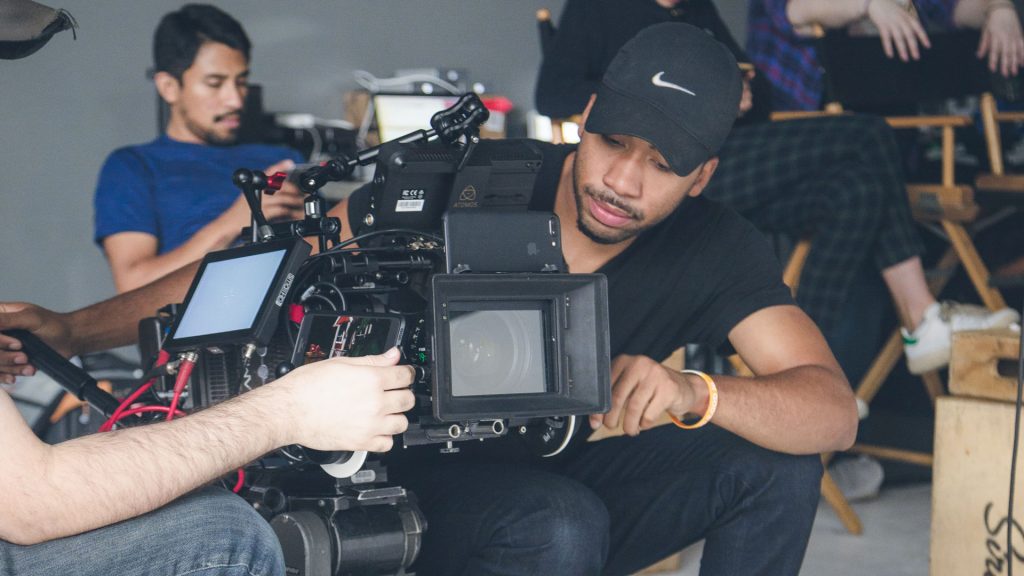
Careers in Filmmaking
Learn the possible career paths as a filmmaker, including moving to Los Angeles to become a part of the Hollywood industry, taking advantages of state and regional tax incentives to work locally, and shooting content for local businesses through your own production company. (32:31)
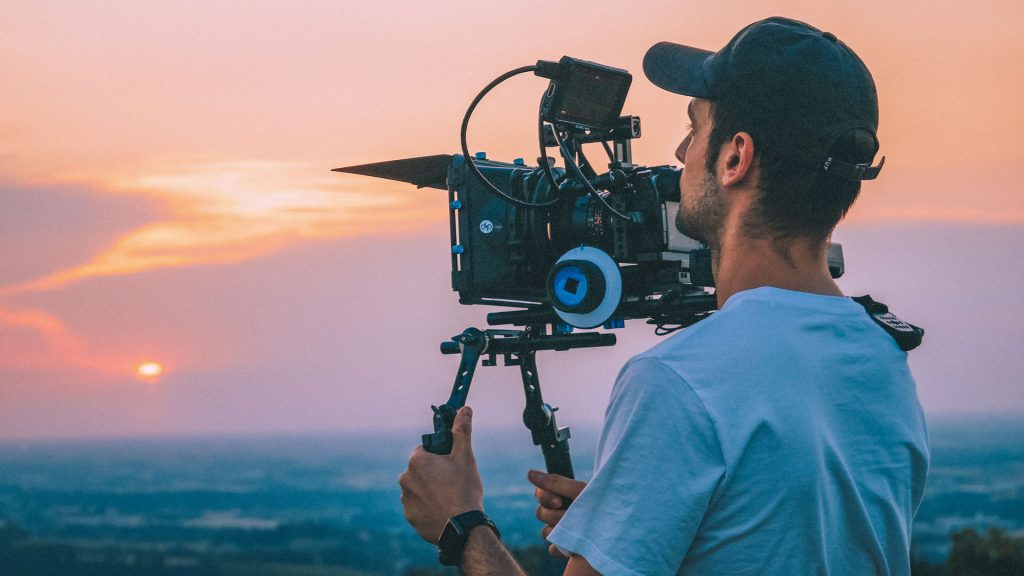
Working Freelance
Learn the realities of working in a freelance-based industry and how to survive. Learn the differences between working as a full-time employee vs as a freelancer, how to manage taxes and expenses, the benefits of an S-corporation, how to handle unemployment, negotiate day rates, and manage downtime between jobs. (22:29)

The Art of Networking
Like they say, it’s all who you know… and they’re right. In this lesson, learn the art of networking successfully in the film industry to make contacts and open doors, how to get a mentor, the nature of the work family and how it’s unique to life as a filmmaker. (22:04)

Moving to Los Angeles
Deciding to move to LA is a big decision, and in this video, you will learn how to prepare so you can hit the ground running. From the traffic to the cost of living, Los Angele locals share their advice and guidance on how to get to LA and succeed. (20:15)

Making Money as a Filmmaker
Learn the difference between above the line and below the line jobs, how to negotiate your day rate, union membership, working for free, generating extra income through charging a kit fee, how to manage tax deductible expenses, save money for slow times, and diversify your income. (29:45)
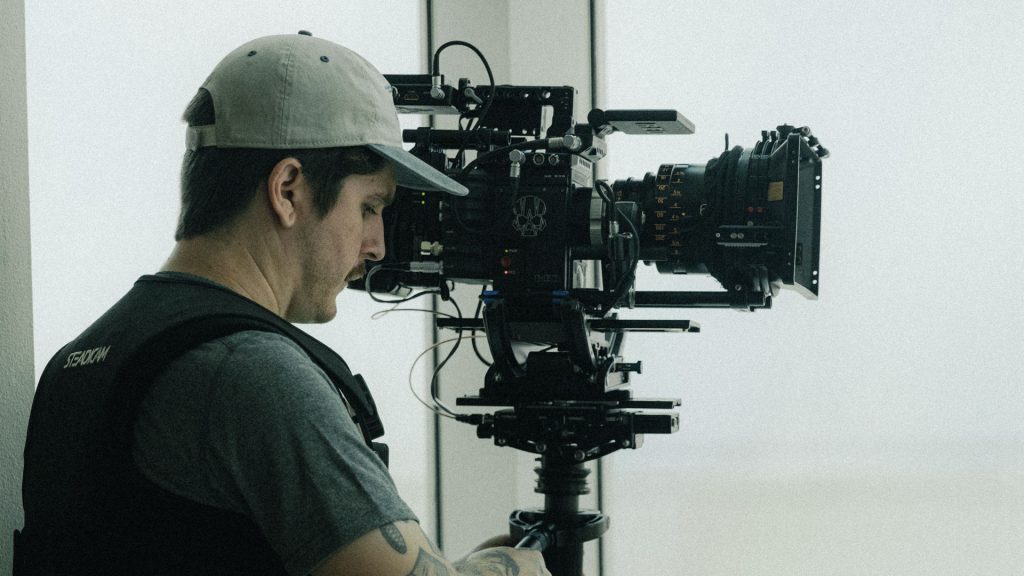
Advice From the Pros
Dozens of successful Hollywood filmmakers share their secrets, tips, and advice on how to make it in the most competitive industry in the world. From directors and producers to dialogue editors and grips, gain an honest perspective on life in the film industry, what to expect, and how to succeed.

Film Schools
Learn whether film school is the best option for you. In this lesson, working professionals share their insights on how film school is viewed in the industry, what to expect to learn, how to manage the cost, and which film school to choose for the greatest career advantage. (18:44)
FilmSkills Academic
Brings Industry Professionals to Your Classroom
“Everything was presented in a very concise order. The pacing was excellent and the topics covered were knowledgeable and well organized. The use of industry professionals was engaging and insightful. The overall quality was excellent.”

All New 10-Lesson Series
Cinematic Composition
Designed for both directors and cinematographers, the Framing and Composition lessons balance the techniques of cinematic composition, technical requirements and limitations of various formats and aspect ratios, and the emotional impact of every shot choice.

The Visual Story
A director’s job not only includes interpreting the story through the actors’ performances, set design, and camera coverage, but also how compositional choices affect the audience’s perception and emotional reactions.
In this lesson, learn how the cinematic components of line, shape, tone, color, movement, and rhythm affect the emotional subtext of the story, and how the director can incorporate these techniques when crafting the composition of each frame. (35:49)

Composing the Shot
The audience only sees what you point the camera at, and as filmmakers, the stories we tell must exist within the boundaries of the frame. The way we choose to place our subjects in the frame significantly affect the audience’s visual perception of the story and invoke subtle – yet powerful emotions.
In this lesson, learn how to break down the script for story-driven composition, plan concise coverage, common mistakes to avoid, and how to cheat the fame for the sake of the story. (27:03)

Creating Depth on Screen
Learn techniques for creating the illusion of depth on screen by using strategic blocking in depth planes, blocking techniques for actors, camera positions, lens focal length, depth of field, camera movement, and parallax.
From proscenium staging to complex single-camera blocking, working directors and cinematographers guide you through techniques used to create a sense of depth on a two-dimensional screen. (25:44)

Single and Over the Shoulder Shots
Learn techniques for framing people when shooting a dialogue scene, from the basics of framing actors in single shots and over the shoulder shots to advanced techniques that use camera position, lens choice, and depth of field to enhance the emotional tone of the scene.
Learn how to create subjective and objective experiences through framing choices and how various aspect ratios affect compositional choices. (24:27)
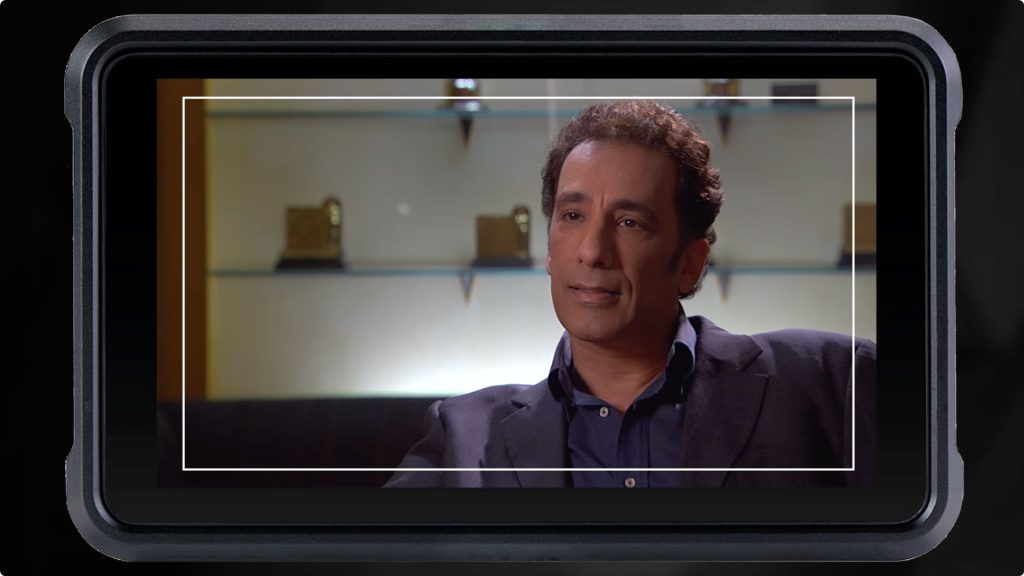
Head Room and Lead Room
Learn the compositional guidelines for head room and lead room for proper composition of people in the frame. Working Hollywood directors and cinematographers teach how to adapt for the acquisition format and exhibition method, how to work under creative requirements on a television show, and how the aspect ratio affects your framing choices. (19:43)

Eye Lines
Learn how to choose the best eyeline, directing techniques for ideal camera placement, how to overcome challenges when working with visual effects, and how to fine tune actor’s eyelines within mere inches to achieve the desired emotional impact. (18:02)
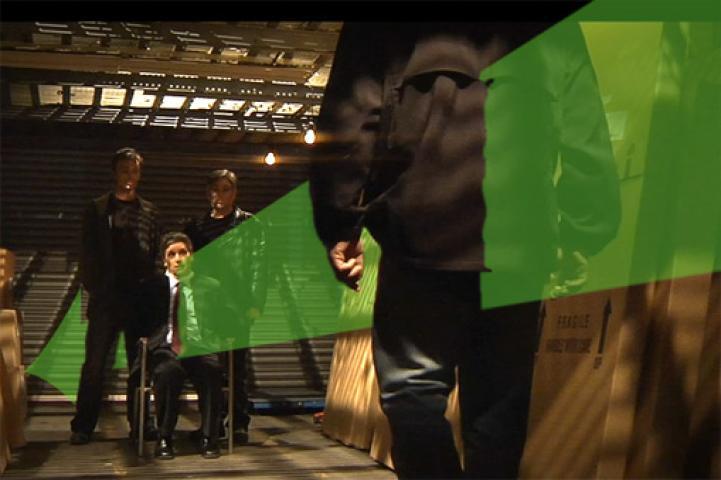
Screen Direction and the Rule of 180
Learn the core fundamentals of screen direction, how to establish the line of action, the rule of 180, exceptions to the rule of 180, instances where the line of action doesn’t apply, how to shoot multiple character with an ever-moving line of action, and how to prepare your shot lists to avoid catastrophic editing problems. (24:54)

Screen Division and the Rule of Thirds
Learn how the compositional techniques of screen division, the Golden Ratio, and Rule of Thirds influence the tone and visual style of the frame, tips to translate story beats into compositional choices, and how to effectively apply these faming concepts when shooting different aspect ratios. (15:25)
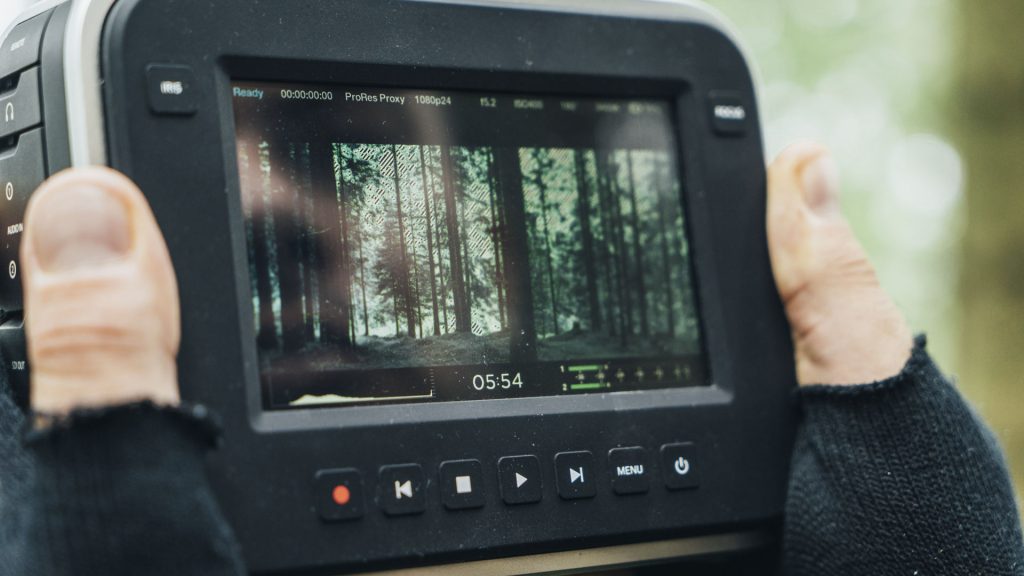
Shot types and Camera Movements
In this lesson, learn the intricacies of framing and camera movements, the basic shot types, advanced variations on each shot type, on-set shorthand for communicating shot sizes, and how to interpret emotional beats in each scene into the ideal composition. (27:57)

The Frame
In this lesson, learn how to identify and work with different aspect ratios, the history of aspect ratios in cinematic history, how to convert 4:3, 16:9, and 2.39:1 formats, safe framing guidelines, how various aspect ratios are adjusted for different exhibition and broadcast formats, using anamorphic lenses, and understanding pixel aspect ratios. (24:47)
The Art and Technique of Film Editing
Designed to teach industry-standard techniques, the FilmSkills Editing lessons supplement your curriculum with vibrant editing demos, illustrated supporting reference guides, projects, and test questions – all to help your students become better editors.
With a three tier focus, students first learn the mechanics of data management and the editing workflow from assembly cut though color grading.
Then in-depth tutorials on how to shoot and edit both dialogue and action-driven scenes are supported with an engaging study of the psychology of how editing choices impact the audience’s emotional response.
Finally, students learn the business of hiring an editor, working with a post supervisor, and how to handle notes and feedback from test audiences and executives.
Add FilmSkills Academic to Your Curriculum Today
Join over 125 universities, studios, film commissions, and production companies and add world-class training to better prepare your students for a life in the film industry… for less than the cost of a textbook.

